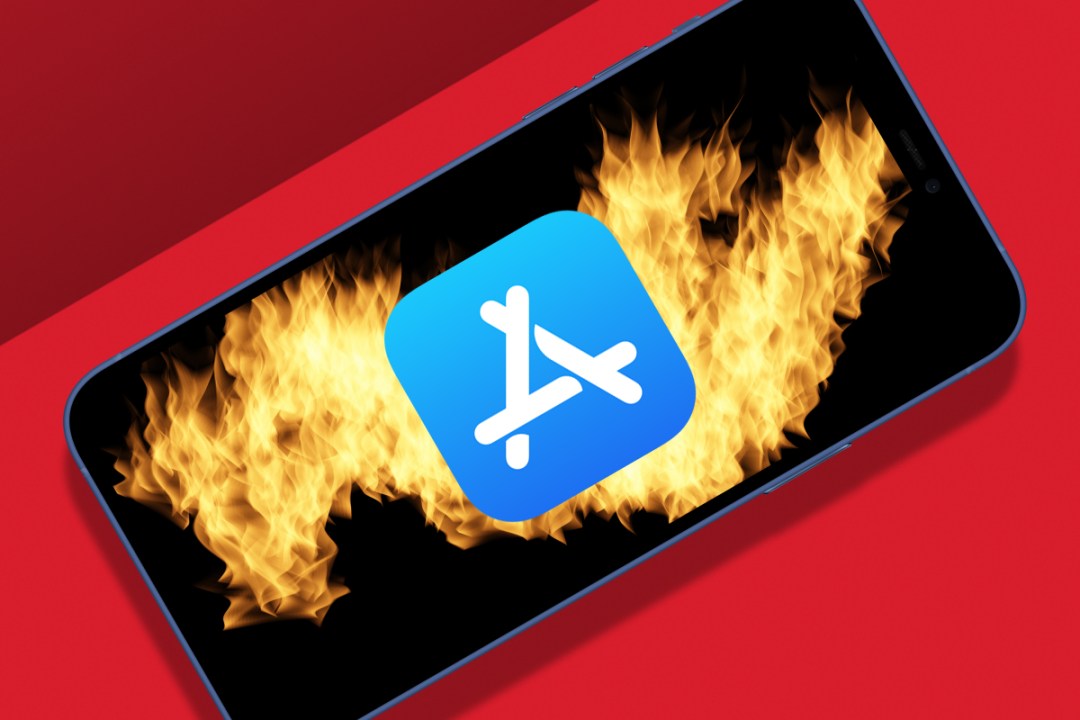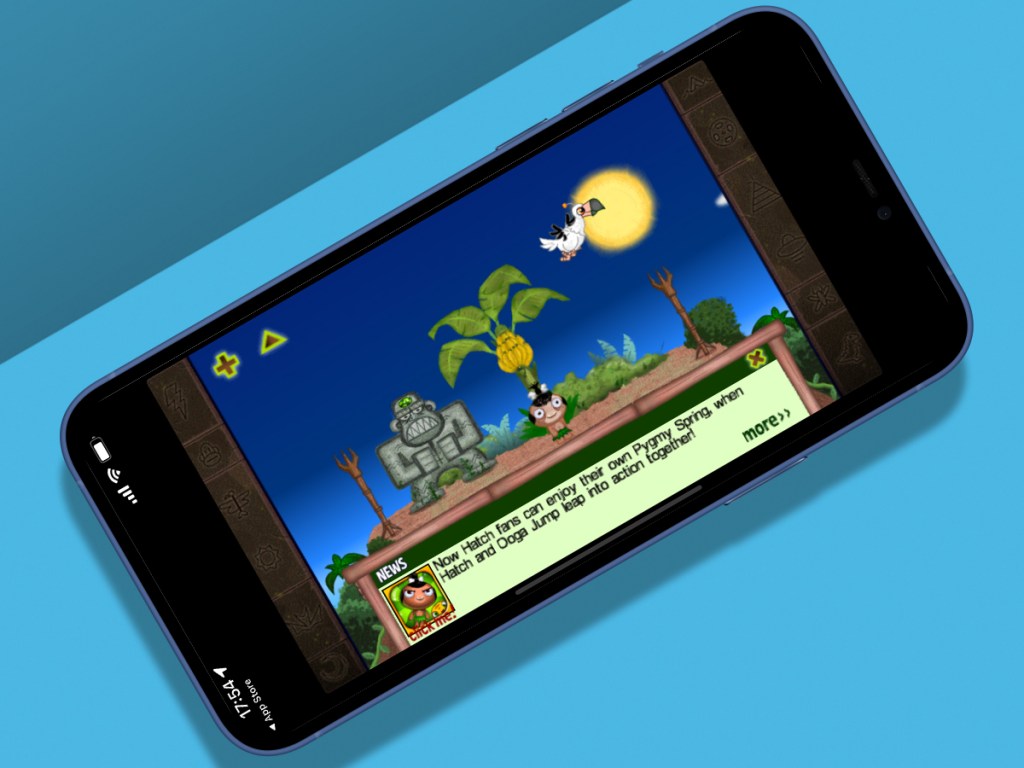Apple’s setting fire to App Store games again – and indie devs are getting burned
Not updated your game in three years? You’ve got 90 days to comply, creep! But apps are complex, with many moving parts

The internet exploded this week with reports Apple is playing another round of “slap a developer”. A slew of notices went out to demand apps and games be updated or removed from sale. Recipients were told they had 30 days to fix things. Indie game devs were disproportionately hit.
In its App Store Improvements explainer, Apple says its policy makes it easier for customers to find great apps that are functional. Apps are removed if “outdated”. But indies in particular lack the time, energy and means to update their wares at short notice, and so the approach feels hostile. Also, you don’t see this elsewhere: Apple doesn’t kick music off the iTunes Store if it’s not remastered for Spatial Audio.

But apps are complex, with many moving parts. Counterpoints note Apple cannot retain backwards compatibility forever. Even so, with games in particular, it feels like Apple is unwilling or unable to learn from its past.
At a 2012 gaming event, I recall palpable excitement from indies regarding the relative freedom they were afforded on iPhone. Compared to other platforms, updates were a breeze. But during subsequent years, other platform owners listened and learned, while Apple remained Apple. Opaque decisions proliferated. Communications were cold, unyielding and unhelpful. Creators were told to not run to the press on receiving an unjust App Store rejection, but found doing so was the only way to get Apple to change its mind.
It’s ironic the last of those things has occurred in this particular tale. John Gruber (Daring Fireball) suggested devs could appeal if their app works fine on iOS 15.4 and Apple should grant that. He added this isn’t a one-time cull either: it’s happened regularly, for years, but this time Apple caught press attention.
And in response to that attention, Apple itself finally responded. The company made arguments for its policy in favour of discoverability, security/privacy and user experience, such as compatibility with modern screen sizes and device features. It claimed the cull is about removing what Apple considers abandoned software: apps not updated within three years and that fail to meet a minimal download threshold. The appeals process was noted, and Apple increased the update timeframe to 90 days.

Although offering clarity and outlining benefits to the App Store and users alike, Apple’s response also complicates matters. Hit game Pocket God remains on the App Store despite receiving no updates since 2015 – and you can bet it will still be there in 90 days, massive black borders on modern devices and all. Yet you can imagine the rule demanding apps “conform with modern screen sizes” will become one way Apple boots less popular titles to thin the herd.
Beyond the likelihood of rules not being applied evenly, there are issues of morale and direction. The App Store was once a playground. More recently, Apple Arcade started out as a bastion of quality and creativity. But in spelling doom for countless inventive smaller titles that were once the lifeblood of Apple’s mobile gaming ambitions, and in doubling down on ‘engagement’ and ‘retention’ on its own service and elsewhere, the gaming landscape on iPhone and iPad will shift for the worse. A creator won’t be motivated if a small game or piece of art they pour their heart and soul into could be erased on a whim; they’ll instead head to itch.io.
All this again points to Apple being successful in games despite itself, and highlights the problem in not having anyone at a sufficiently senior level that cares deeply about the medium. Instead of prioritising equality, beauty and individuality – usually very Apple criteria – Apple’s eye on profits has created a trend inexorably towards giants mugging wallets and miring you in grind, or titles designed to be throwaway and transient that leave no mark. That ultimately offers no real benefits – bar, perhaps, to Apple’s bottom line.



